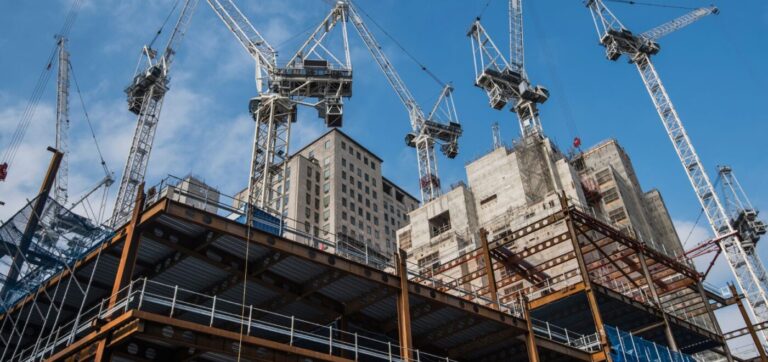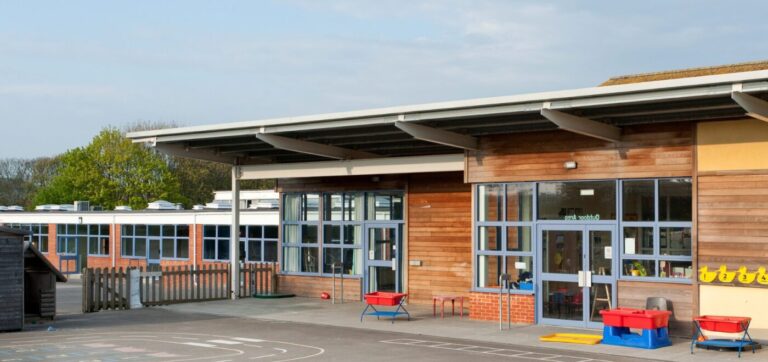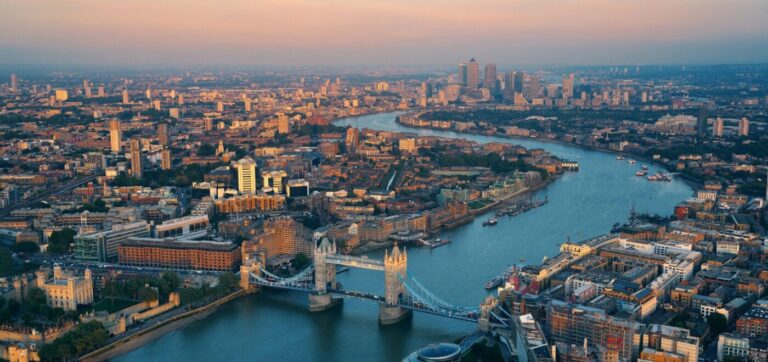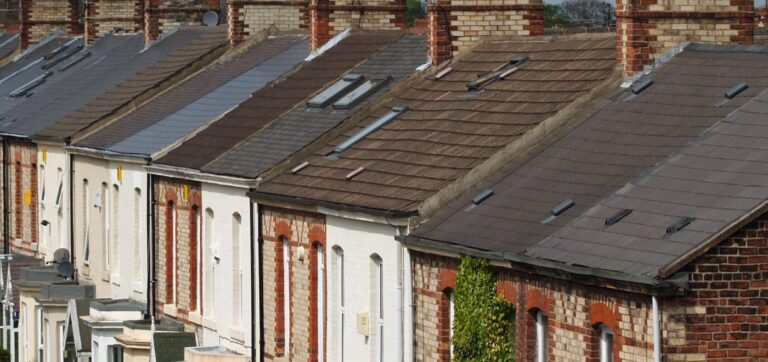Construction verification isn’t a new phenomenon. However, the introduction of the Building Safety Act 2022 means buildings higher than 18 metres or 7 stories are required to follow legislation to aid the quality of construction work.
The final step of this process, Gateway 3 became active in October 2023. Gateway 3 acts as the final checkpoint before specified buildings can be occupied. You can read more about the Building Safety Act and Gateway 3 here.
WHAT IS CONSTRUCTION VERIFICATION?
Construction verification is a process that involves checking the accuracy of as-built models in construction projects. It has become more prevalent due to clients’ increasing demand for reliable information and the availability of new technologies like laser scanning and BIM.
Verification can be done by comparing registered laser scans with the model and providing visual and statistical feedback on the match. No matter your specifications, we are here to help!
WHY CONSTRUCTION VERIFICATION IS IMPORTANT
Gateway 3 ensures that large, higher risk, projects are verified and ready for occupation in accordance to the Golden Thread(1). However, the need for construction verification extends to all projects.
It’s also the belief of many that the verification process post-construction may be applied to all construction project in the near future. This would not only increase the quality of checks but give valuable piece of mind to stakeholders.
Common challenges within construction verification include poor briefing by clients and unplanned site work. Proper planning and specification are crucial to ensure meaningful results. Performing verification during the construction process offers several benefits that help diminish these challenges. These include:
- Identifying Conflicts and Discrepancies: Construction verification helps identify any conflicts or discrepancies between the as-built construction and the design or plans. By catching these issues early on, potential clashes can be resolved, reducing the need for costly rework later.
- Supporting Accurate Valuations: Verification surveys provide accurate and detailed data about the as-built construction, which can support accurate valuations. This information helps avoid inaccuracies or disputes during the valuation process, ensuring fairness and transparency.
- Confidence In Subcontractors: Construction verification ensures the main contractor has confidence in deliverables from the sub-contractors before the project is signed off.
- Ensuring Compliance: Construction verification ensures compliance with project specifications and building regulations. By comparing the as-built construction with the approved plans, any deviations or non-compliance can be identified and rectified, ensuring that the building meets the required standards.
- Minimising Risk of Claims and Disputes: By verifying the accuracy of the as-built models, construction verification minimises the risk of claims and disputes arising later in the project lifecycle. The detailed documentation and data collected can serve as strong evidence, resolving potential disagreements and protecting all parties involved.
- Accurate As-built Models: Construction Verification ensures that the as-built models accurately represent the finished project. This valuable data provides a reliable reference for future renovations, maintenance, or expansions, facilitating better decision-making and reducing guesswork during the building occupation and operation.

CONSTRUCTION VERIFICATION IN GATEWAY 3
Digital documentation in the construction process has never been more needed. The Golden Thread which ties the Building Safety Act together, along with suggestions taken from the Hackitt Report(2) are now staples of construction legislation.
The Building Safety Act 2022 was introduced following concerns of occupants in high-rise buildings after the Grenfell Tower Tragedy in 2017. The act intends to help improve the design, construction, and management of large-scale buildings. Sections of Gateway 3 are intended to put occupant minds at rest following completion certification from the Building Safety Regulator. Construction verification is therefore at the very heart of Gateway 3.
HOW CAN WE HELP?
At Spatial Dimensions, we place great importance on construction verification. It not only ensures accuracy and compliance but also helps us fulfill our mission to measure, map, and model to help our clients create spaces everyone loves.
Our highly accurate laser scanning and point cloud technology allows us to quickly and easily verify the as-built conditions against the design intent and construction issue drawings. Our professional nature, accuracy, and quick turnaround will save you both time and money throughout the construction process.
We’re here to support you throughout your construction journey, providing high-quality and reliable services that prioritise customer service, affordability, and quality.
You can read more about construction verification here or contact us for support.

(1)The Golden Thread is like a trusty tool that keeps building safety information organised and managed. Think of it as a concept that brings duty holders and accountable persons together to create and maintain a database of easily accessible information. This valuable resource is available to various stakeholders involved in the building’s life cycle, ensuring that everyone has the necessary information at their fingertips. It’s a way of working collaboratively to keep everyone on the same page and make informed decisions for the safety and well-being of the building and its occupants.
(2)The Hackitt Report, also known as the Hackitt Review, is an independent review of Building Regulations and fire safety commissioned by the UK government. In response to the Grenfell Tower Fire, which tragically resulted in the loss of 71 lives, the then Home Secretary commissioned Dame Judith Hackitt to conduct a thorough examination of the building regulations and their impact on fire safety. The Hackett Report was published in two stages. An interim report was released on December 18, 2017, outlining initial findings and recommendations. The final report, which provided more comprehensive recommendations, was published on May 17, 2018. The report addressed various aspects of the construction industry, aiming to improve the safety of high-rise buildings and prevent similar disasters in the future. It called for a new regulatory framework, increased accountability and responsibilities throughout the construction process, improved oversight, and a culture shift towards a more robust approach to fire safety.





